However, when the confederates emerged from the mountains in Gettysburg the union troops engaged in battle. The once normal town now became a battlefield. People were forced to hide in their cellars to avoid being shot by the battle happening in their own backyard. One woman, Jenny Wade was baking bread from the union troops in her kitchen when she was struck in the neck by a stray bullet. She died leaving her sister who had just given birth to a baby during the fighting.
I was surprised to hear how close the fighting was to private homes for the people of the town. We were even told little boys would watch the battle from the sidelines after school.
The battle at Gettysburg was one of the bloodiest of the Civil War and the battleground itself is a very somber place. You walk on the actual fields where so many died. The battle lasted for three days and left the town with more dead bodies of soldiers, horses, and severed limbs from soldiers who needed amputations than the town knew what to do with.
The Soldier's National Cemetery was quickly planned and the soldiers who were buried in shallow graves on the battlefield were reburied in the new cemetery. The battle was over July 3rd and the cemetery was dedicated in November. President Lincoln made the 80 mile trip from Washington DC to give his famous Gettysburg Address, a two minute speech. A famous orator gave an inspiring 2 hour speak before Lincoln spoke. It is said that no one clapped for his paltry 2 minute speech.
We took the driving audio tour of the battlefield and learned a lot. We also joined a park ranger led tour of the cemetery and another which demonstrated what it was like to be a soldier during the civil war. Each day that we visited the battlefield we learned a little more, and more of the story made sense.
There are over 1,300 monuments throughout the park put in place to honor the different people that fought in the battle and mark strategic positions. Here are our photos from our visit to Gettysburg Battlefield.
Devil's Den - troops hid among these large rocks on both sides.
The Wheat Field was a battlefield (the size of a couple of a few football fields) which changed hands one day multiple times and was one of the bloodiest places of the battle. Though the wheat shielded your body from view, it did nothing to stop the enemy bullets.
Looking from the Union lines to the west - toward the mountains that the Confederates first marched out of.
This is the battlefield for Pettigrew's Charge. The plaque below illustrates the attack.
Pickett's and Pettigrew's Charge - through this open field pictured above. The two flanks of the Union lines had been strengthened, so the plan was to attack the middle, weakened Union lines.
The National Cemetery
Check out the rifled barrel of this cannon cast in 1862.
These are the graves of the Civil War Soldiers. They are organized by state. There are many unknown graves as well.

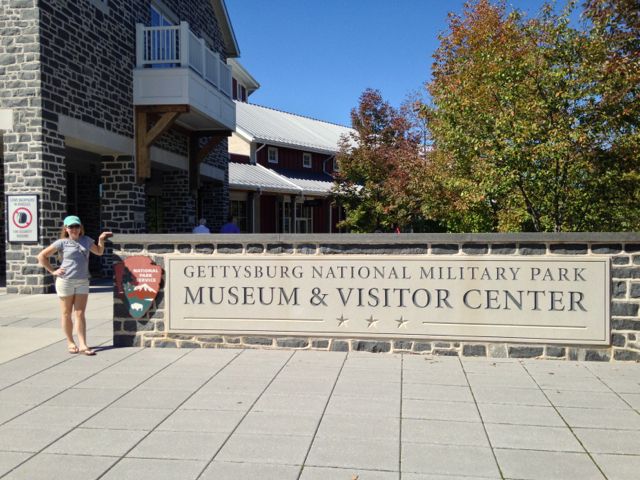
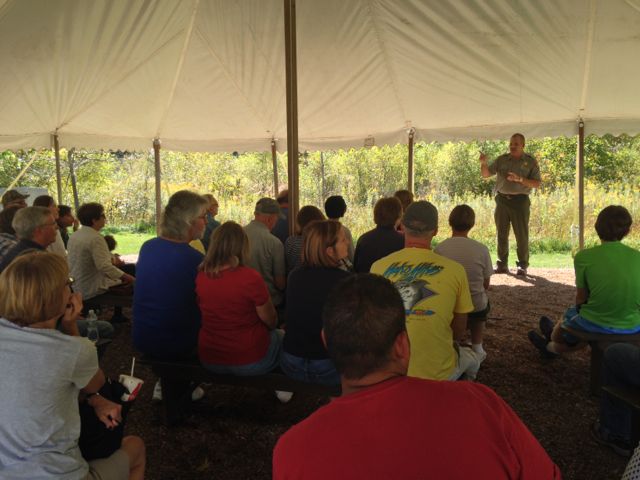

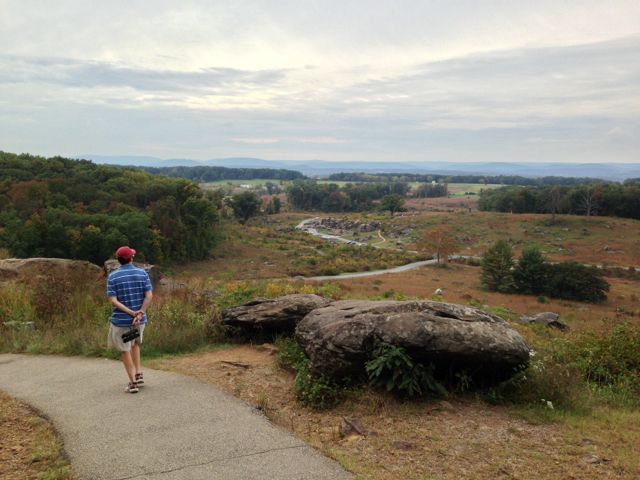
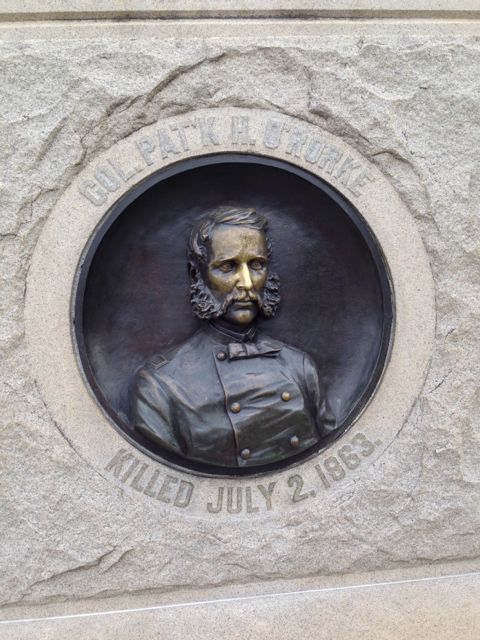
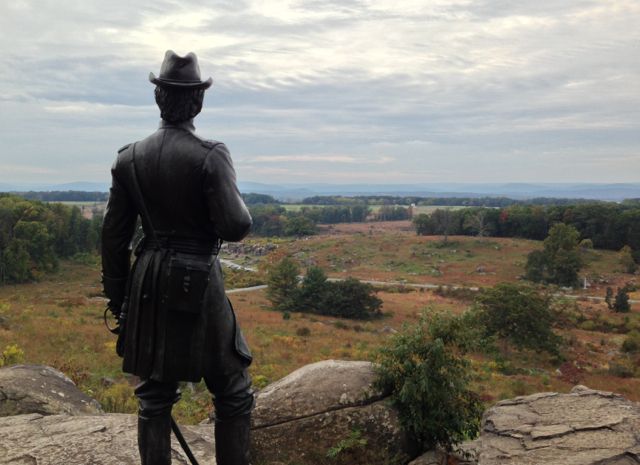
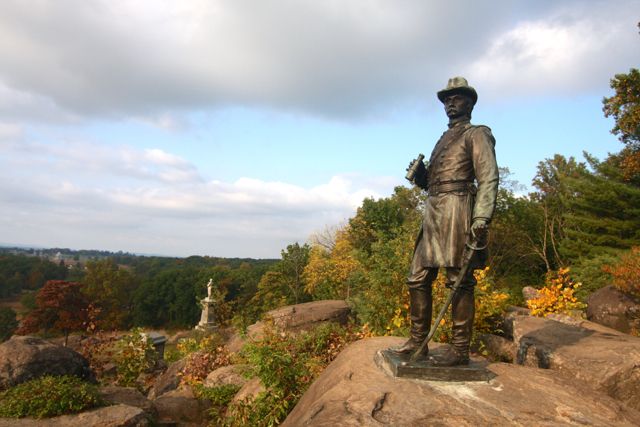


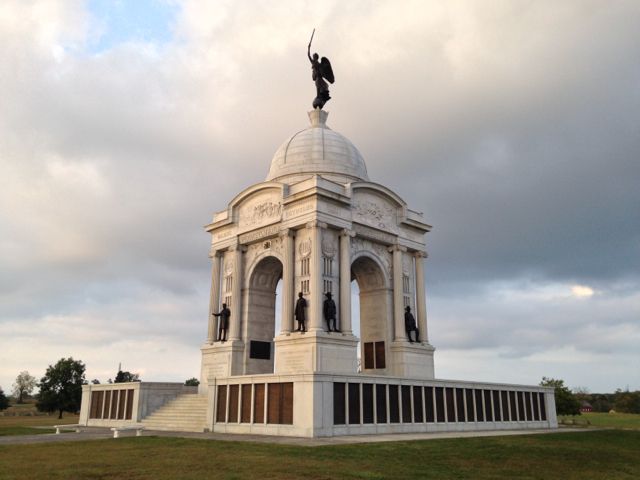
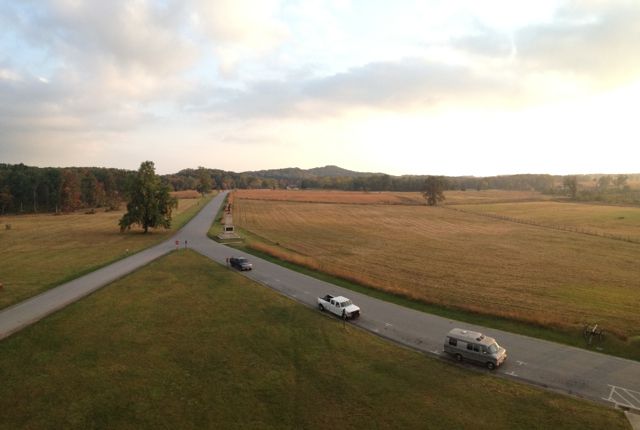
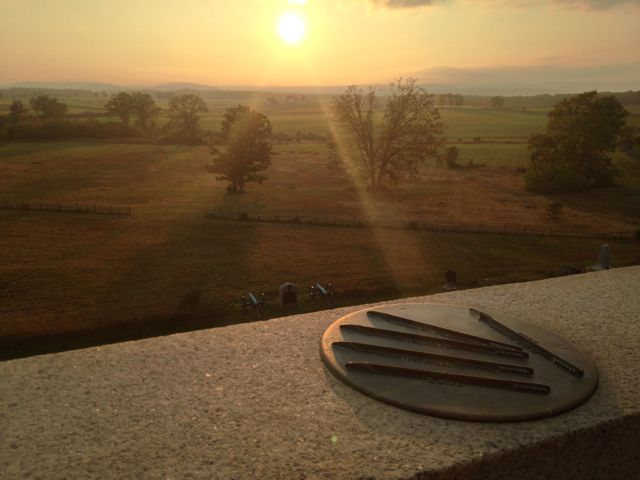
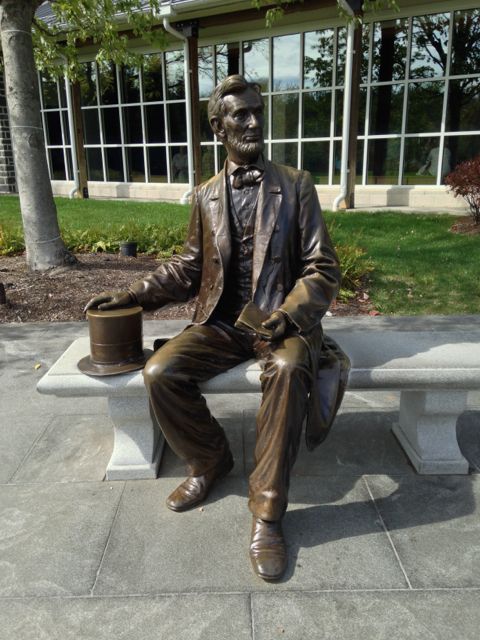
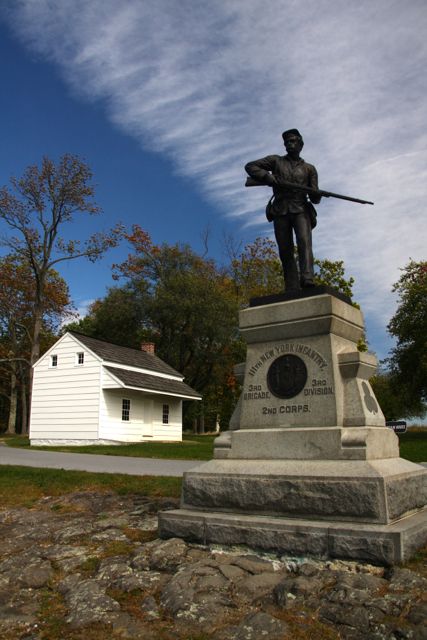

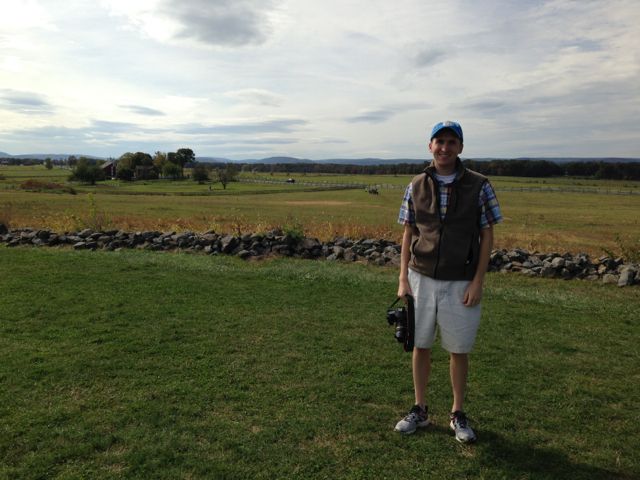
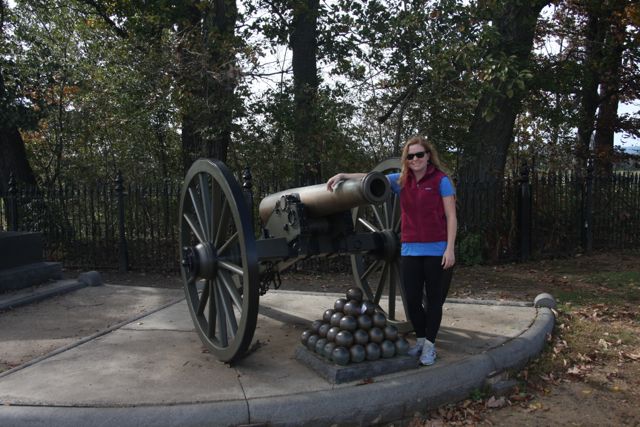
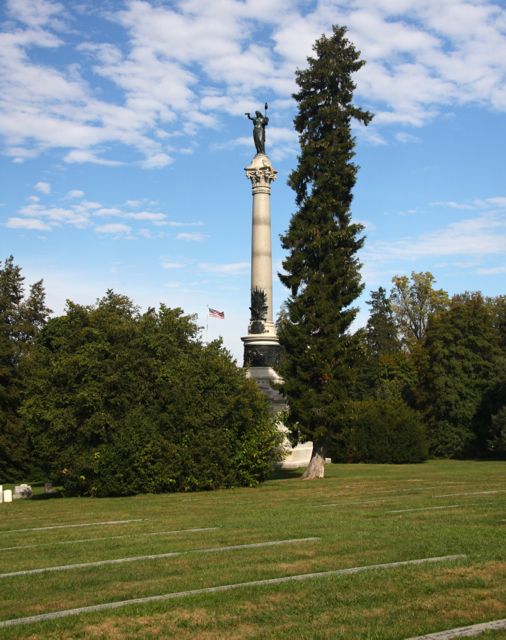
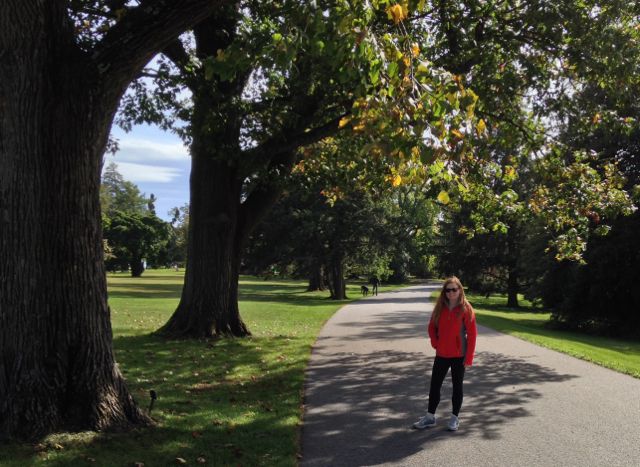
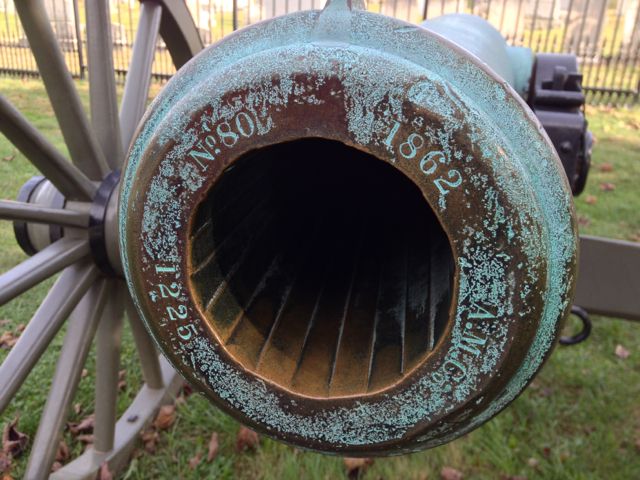

No comments:
Post a Comment